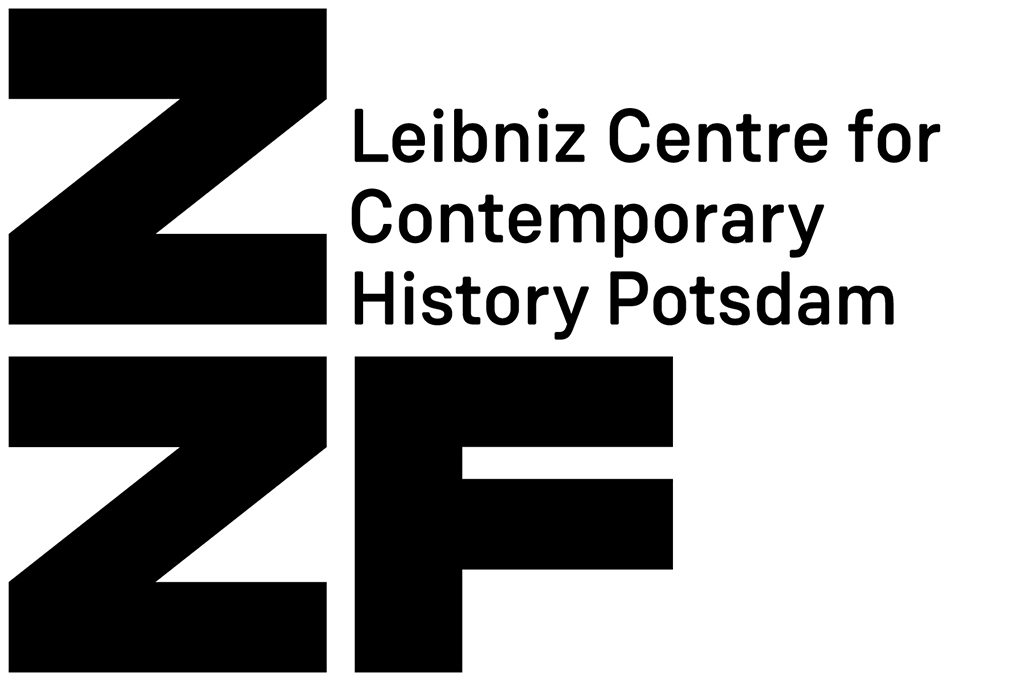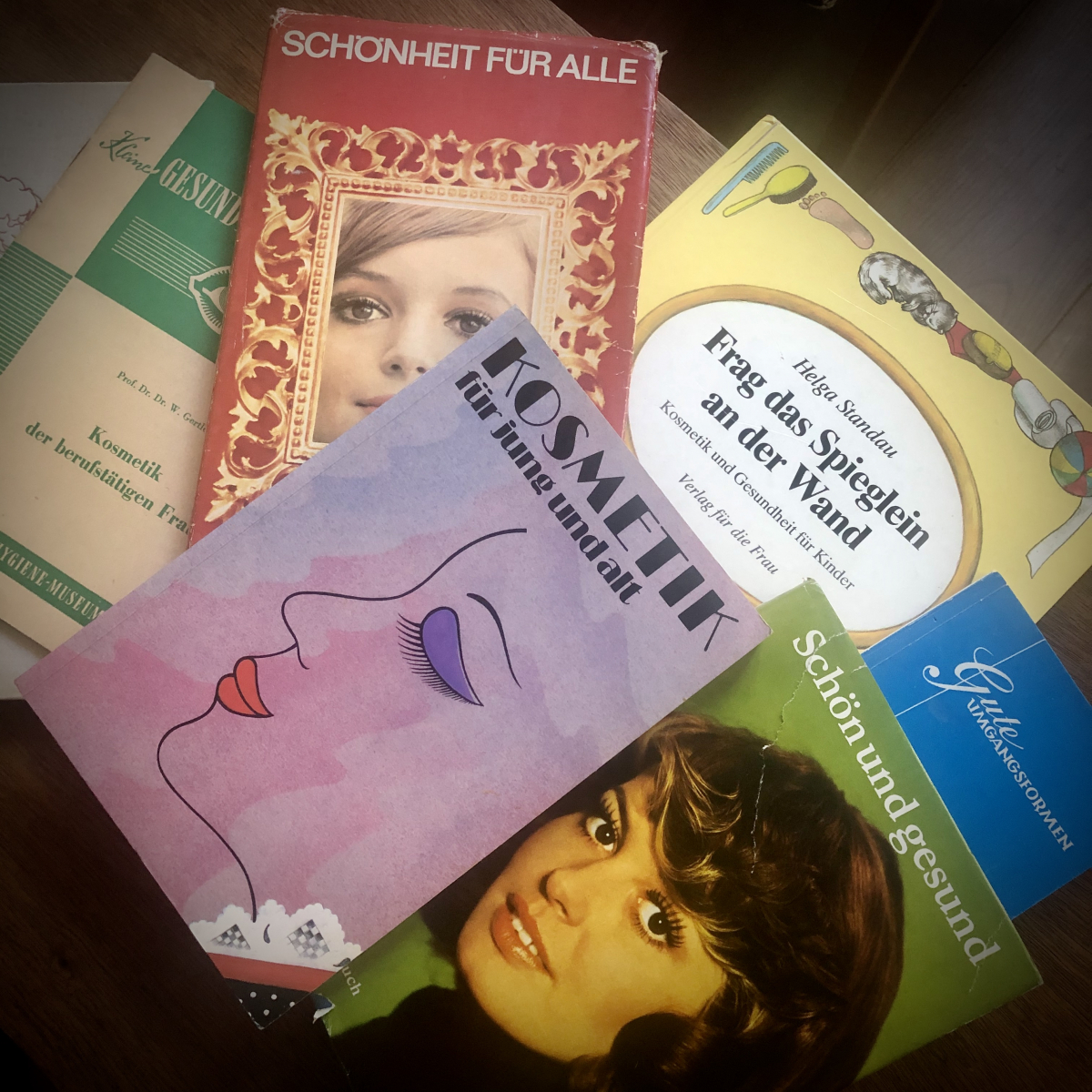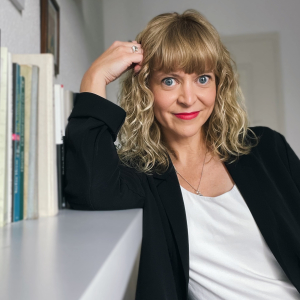In the GDR, social origin and status were not supposed to determine a person's outward appearance and attractiveness. Therefore, attempts were made to enable a certain extent of social equality even in the field of beauty. The project examines how a GDR-specific beauty culture developed and how distinction was possible in a society whose goal was to overcome class differences. The study aims to trace the subtle differences and understands beauty as a social construct with its own history. Since beauty work is a highly gendered "obligation," it is also analyzed as a form of “doing gender” and “performing gender”.
First, the study asks in a top-down perspective: Which ideas of beauty were communicated at what time and how, and which practices were considered legitimate and appropriate? To answer this question, newspapers and magazines serve as historical sources, but also advice literature, tv shows and radio programs. Second, the project asks how women related to these “public transcripts” and what practices they developed in their everyday lives. Here, for example, first-person documents are examined and oral history interviews are conducted. The main focus of the project is the phenomenon of social inequality in an allegedly egalitarian society: how it was produced and reproduced and how it was interpreted in the transition from late to post socialism.


